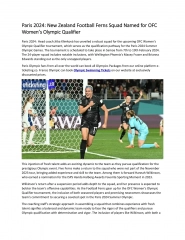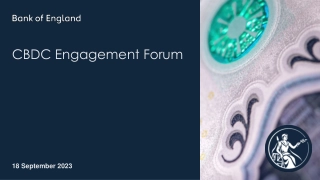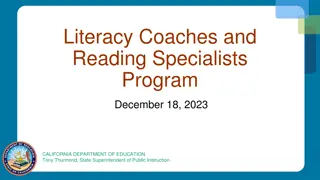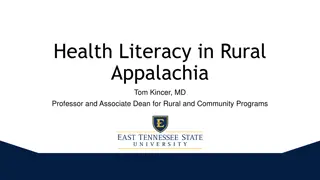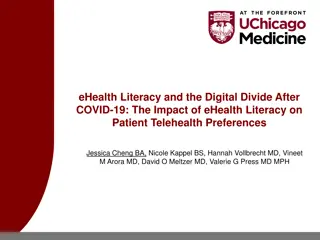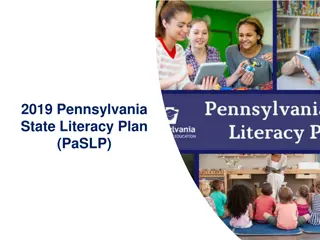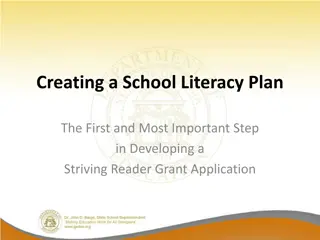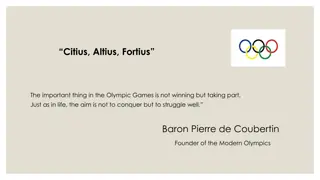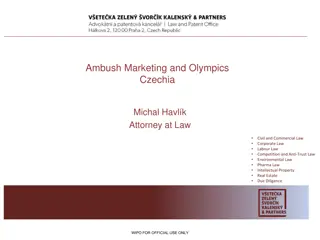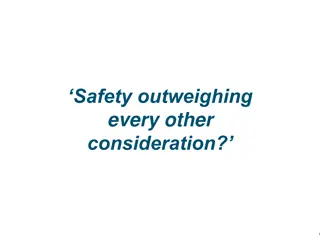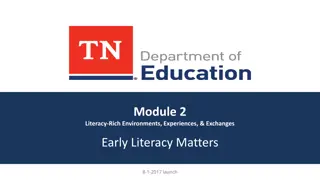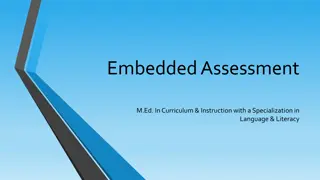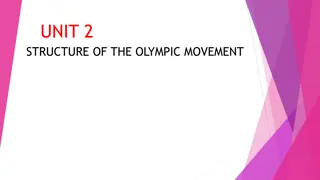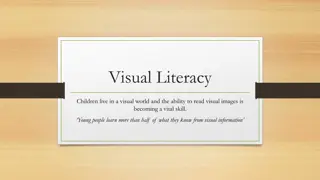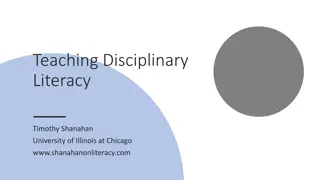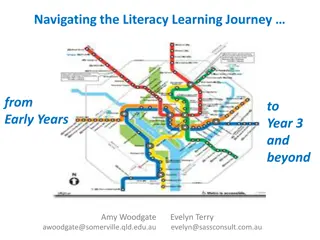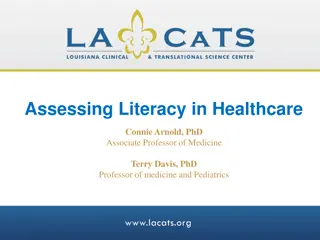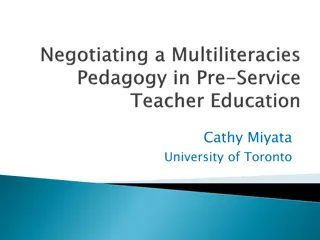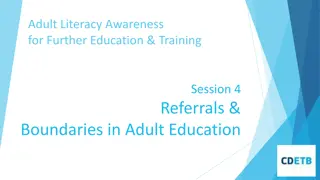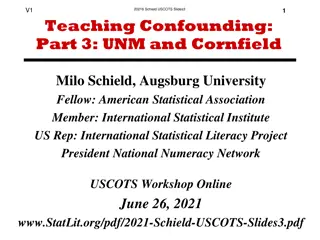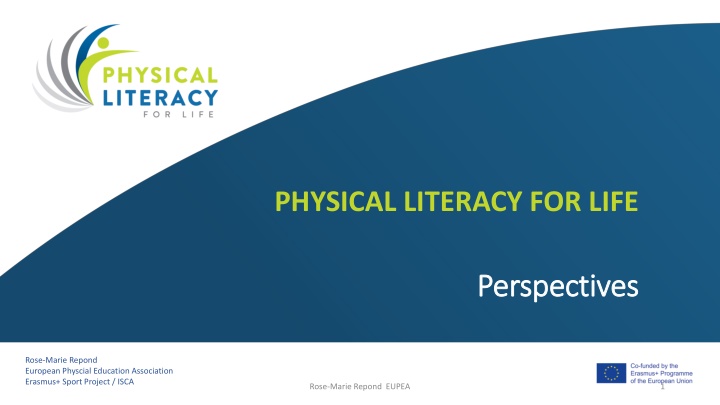
Physical Literacy for a Healthy Lifestyle
Explore the concept of physical literacy as a lifelong journey encompassing various domains like cognitive, emotional, and social development. Discover the importance of physical literacy in education, health, and society, and learn how to implement it effectively. Dive into the strength of physical literacy and its impact on leading an active and fulfilling life.
Download Presentation

Please find below an Image/Link to download the presentation.
The content on the website is provided AS IS for your information and personal use only. It may not be sold, licensed, or shared on other websites without obtaining consent from the author. If you encounter any issues during the download, it is possible that the publisher has removed the file from their server.
You are allowed to download the files provided on this website for personal or commercial use, subject to the condition that they are used lawfully. All files are the property of their respective owners.
The content on the website is provided AS IS for your information and personal use only. It may not be sold, licensed, or shared on other websites without obtaining consent from the author.
E N D
Presentation Transcript
PHYSICAL LITERACY FOR LIFE Perspectives Perspectives Rose-Marie Repond European Physcial Education Association Erasmus+ Sport Project / ISCA Rose-Marie Repond EUPEA 1
Physical literacy as a learning life long journey 4 domains 1. Literacies and physical literacy 2. WHAT is physical literacy definition and domains strengths 3. Physical literacy and the institutions 4. WHY is Physical literacy important - education, health 5. Physical literacy within the society 6. WHERE am I an my Physical literacy journey - self assesment 7. HOW to implement Physical literacy 8. Video Physical literacy for life Rose-Marie Repond EUPEA 2
1. Physical literacy as a life long journey All literacies are about learning Literacy is crossing all aspects about life, not only language arts Physical literacy can be learn in different aspects of the school and does not stop when we finish school. In a metaphorical sens, as developing literacy within a physical setting, synonymous to reading and writing, and specific to the culture in which individuals live (Delaney et al., 2008) Rose-Marie Repond EUPEA 3
2. What is Physical literacy? Definition Physical literacy is the Physical literacy is the skills and attributes activity and movement across their life course. activity and movement across their life course. It can be understood as It can be understood as a process and as an outcome a process and as an outcome that individuals pursue through an through an interaction of their physical , emotional, social and cognitive learning interaction of their physical , emotional, social and cognitive learning. . skills and attributes individuals demonstrate through physical individuals demonstrate through physical that individuals pursue Rose-Marie Repond EUPEA 4
4 domains in Physical literacy Physical domain Interrelated Interrelated Supporting the holistic Supporting the holistic development of PL development of PL Helping all generations to Helping all generations to lead active, healthy and lead active, healthy and fulfilling lifestyles fulfilling lifestyles Cognitive domain PL Emotional domain Social domain Rose-Marie Repond EUPEA 5
The strength of physical literacy People with a high level of physical literacy have elements from different learning People with a high level of physical literacy have elements from different learning domains domains What makes people pursue physical activity across the life span : when those What makes people pursue physical activity across the life span : when those elements bond with other elements so they turn into these movement compounds. elements bond with other elements so they turn into these movement compounds. Physical literacy is elemental Physical literacy is elemental D. components as part of a periodic chart. People with a high level of physical literacy components as part of a periodic chart. People with a high level of physical literacy have elements from different learning domains. have elements from different learning domains. D. Duddley Duddley likes to think of all the different likes to think of all the different Rose-Marie Repond EUPEA 6
3.Physical literacy EU, UNESCO European policy context : Key competences and basic skills development : European policy context : Key competences and basic skills development : promoting a variety of learning approaches and contexts, in a lifelong learning promoting a variety of learning approaches and contexts, in a lifelong learning perspectives perspectives UNESCO : in line with the Charter UNESCO : in line with the Charter a proposal to establish common a proposal to establish common pilars Physical Literacy (2017) Physical Literacy (2017) Kazan action plan: physical education, physical activity and sport are fundamental Kazan action plan: physical education, physical activity and sport are fundamental rights for all rights for all and as such, constitute important components of equitable and and as such, constitute important components of equitable and quality education (SDG 4.1). Physical literacy provides the basis for lifelong quality education (SDG 4.1). Physical literacy provides the basis for lifelong participating in physical activity and health benefits. participating in physical activity and health benefits. pilars of of Rose-Marie Repond EUPEA 7
Physical literacy WHO, OECD, IOC Global Action Plan for Physical Activity (2018 Global Action Plan for Physical Activity (2018- -2023) incorporating a Physical literacy across the life course and the ability range incorporating a Physical literacy across the life course and the ability range Strengthen formal training on physical education, physical activity, fundamental Strengthen formal training on physical education, physical activity, fundamental movement skills and physical literacy (members) . movement skills and physical literacy (members) . 2023) OECD : Stock OECD : Stock- -taking Exercise on Physical and Health Education taking Exercise on Physical and Health Education first time that OECD focus on physical and health education as part of it policy analysis OECD focus on physical and health education as part of it policy analysis (Education 2030) (Education 2030) IOC: IOC: Physical activity exists in many forms, including, but not limited to, sport, recreation, unstructured play, dance and exercise. Not all children have positive experiences in sport and physical activity. We want to change that. (Olympic Values Education, preface) first time that Rose-Marie Repond EUPEA 8
4. WHY is PL important ? PL challenges the way in which individuals engage in and understand physical activity PL offers an alternative approach to encourage individuals to engage in physical activity to improve themselves by developing their physical , cognitive, emotional and social attributes. PL is the golden thread that radiates through play, physical education physical recreation, fitness, sport, active lives. Human learn for different reasons PL becomes self-evident as individuals engage with the work and learn to move their bodies for different reasons Rose-Marie Repond EUPEA 9
5. Physical literacy within our society We promote and value Physical literacy : - we know that we need to lead more sustainable and active lives - the new generations are living longer (in good health, learning after the formal education, taking care of the planet..) Physical literacy as a concept can be applied to all facets the clubs, the hospitals, public health, with teachers, doctors, coach, trainers, aged care home, sporting infrastructure, policy makers We need to get all these people talking together contributing where they re best ! all facets of exercise, in the schools, Rose-Marie Repond EUPEA 10
WHY is PL in education? PL is a concept that asks educators to celebrate each individual s strengths and to use these as a foundation for learning Make organizational decisions and develop context in ways that help students learn new and incresingly complex movement sequences Not only in school ! But clubs, individual, family . This process is a lifelong journey every individual engages in physical activity based on their disposition and learning - also outside of formal educational institutions. Rose-Marie Repond EUPEA 11
Link Physical Literacy and health Rose-Marie Repond EUPEA 12 Carney et al., 2019
6. WHERE am I on my PL journey? What can I do , PL is determined by finding a place of comfort in terms of how you move, acquire the learning and skills to build up from that position of strength. Pretending that the PL compounds has elements from the four domains As teacher, coach, policy maker : we can think about what our clients, students, player in those four domains looking for what they need and what can be improved As citizen, we can think about our situation in the four learning domains Example: Self assessment tools are existing for PE teachers, trainers and coaches, citizen : https://physical-literacy.isca.org/tool1/ Rose-Marie Repond EUPEA 13
7. HOW to implement Physical literacy? Priority : Provide positive learning environments for individuals engaging in physical activity New focus on physical literacy - on the development of individual s physical competence, attitudes towards physical activity, knowledge and understanding Clear orientation towards encouraging everyone to be physically active (education, sport, health agencies) Safe and inclusive learning environments in the 4 domains. Rose-Marie Repond EUPEA 14
HOW guide for a school / a club (https://www.sportaus.gov.au/physical_literacy) CULTURE, ORGANISATION AND ENVIRONMENT Leadership Policy PROGRAMME, PRACTICE AND PROMOTION Quality Physical Activity Programme Provide a quality Physical Education/Sport/ Physical Activity programme which encompasses physical literacy. the development of physical literacy. PARTNERSHIPS Area of work Environment Inclusive Programme Professional Development Families Local Community Component Foster a culture that actively supports a whole organisation approach to developing physical literacy. Create, implement and review a whole organisation physical literacy policy. Facilitate access to a variety of environments that encourages the development of physical literacy. Provide a broad range of sports and physical activities that complements the organisation and focuses on Encourage all practitioners to engage in professional development so they promote physical literacy across all activity areas. Encourage families to help everyone develop physical literacy. Engage with a diverse range of community groups to enhance opportunities for individuals to engage in physical activity and to develop their physical literacy. 15 OBJECTIVE Rose-Marie Repond EUPEA
8. HOW for you (https://www.sportaus.gov.au/physical_literacy) Keep in mind: you don t need to master all the domains you can choose a few skills to work on at a time what you focus on will depend on your current skills, circumstances and goals This holistic learning enables people to draw on these integrated skills to lead healthy and fulfilling lives through movement and physical activity. VIDEO https://www.dropbox.com/s/av8yjj5mao11ry9/PL4L%20- %20What%20is%20PL%20Final%20video%20%282%29.mp4?dl=0 Rose-Marie Repond EUPEA 16
THANK YOU Rosemarie.Repond@eupea.com Rose-Marie Repond EUPEA 17

